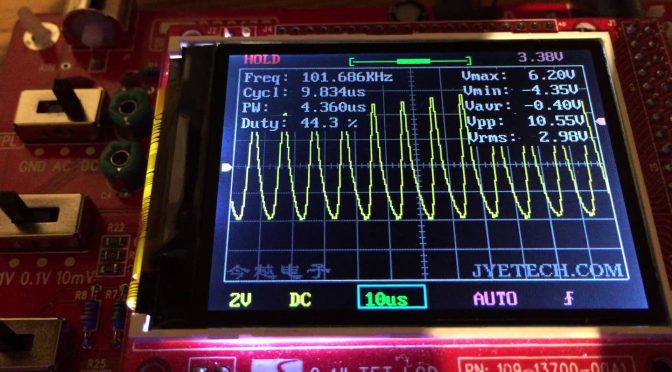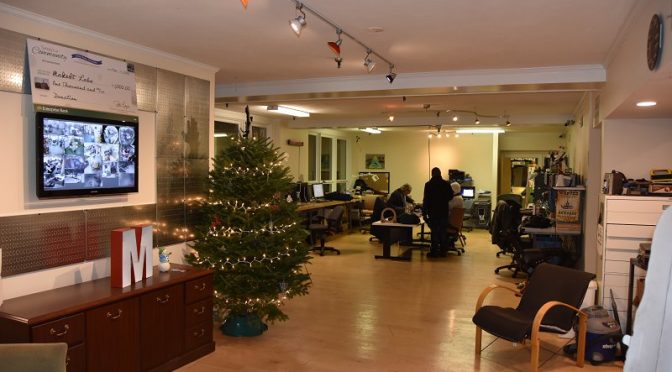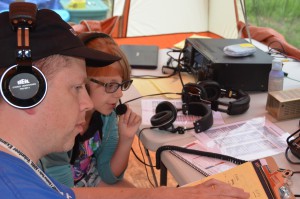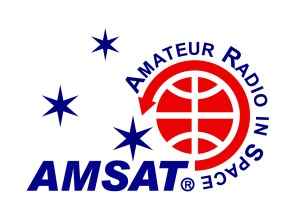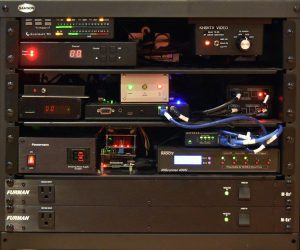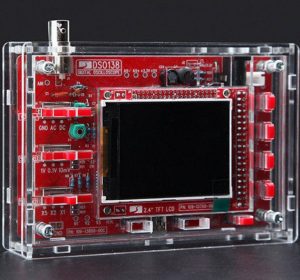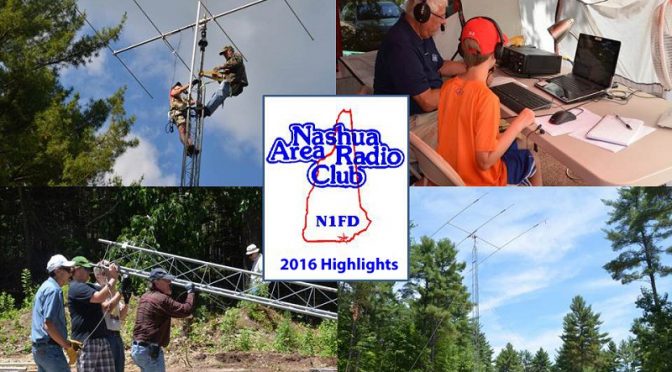Hi DSO138 kit builders,
- Make sure you bring a magnifying glass AND a multimeter. Also, might help to bring an LC meter too (though I didn’t have one at the time) The color bands on the resistors are particularly impossible to see, so I had to measure the resistance of every one. I even did it 2-3 times to make sure I was right.
- To test your kit at the end of the night, you need to supply it with power. You can do this 2 different ways. The first is bringing a 9V battery along with 9V battery leads terminating at the end of a female port as shown below. The second is grabbing a power adapter rated for no higher than 12 V again terminating on a female port with pic shown below.
- You might want to bring a small Phillips head screwdriver (for eye glasses) in order to perform probe calibration.
- If you want, bring your laptop so you can download some signal generators (using your sound card) in order to play with the oscilloscope. In order to do this, I ended up using a BNC to an audio adapter which I purchased off of Amazon Prime. I’ll bring mine in case you don’t have one
- If you have a standalone signal generator, please bring it, along with BNC wire connections for the o-scope.
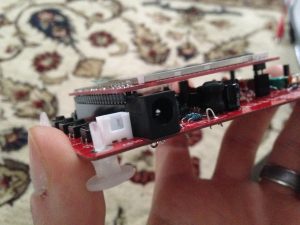
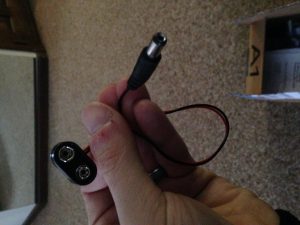
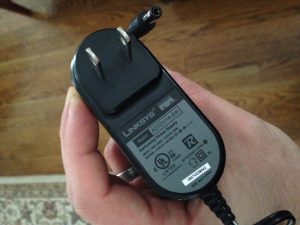
In order to do some testing, we are going to want to use either signal generators that club members graciously bring in, or you can use your laptop’s sound card. To that end, Mike (K1WVO) suggested a really nice link to do this.
- Signal generator link 1:
- Signal generator link 2:
- Signal generator link 3:
I’ve tested most of these and they work fine on my scope.
If I have any other thoughts, I will update this post.
Thanks and 73,
Brian, AB1ZO

